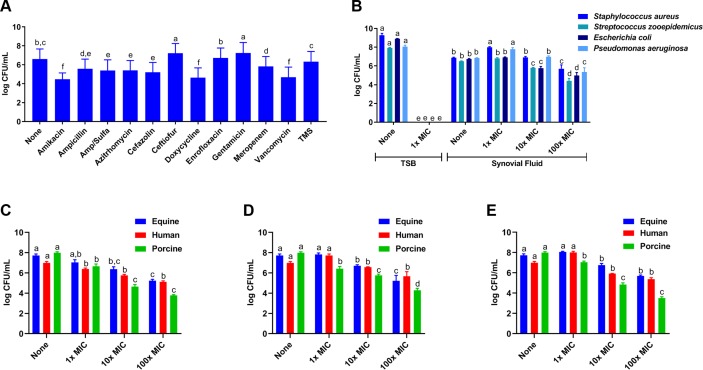Fig 3. Synovial fluid biofilm aggregates show antimicrobial tolerance against several different classes of antimicrobials.
(A) S. aureus (ATCC25923) biofilm aggregates were allowed to form in equine synovial fluid for 6 hours and this aggregate-containing synovial fluid was treated with a panel of different antimicrobials from several drug classes at 100× the minimum inhibitory concentration (MIC) as determined by in vitro antimicrobial susceptibility testing (Table 1). No concentration of any antimicrobial evaluated in this experiment was able to completely kill S. aureus grown in synovial fluid. (B) The four arthrotropic bacterial isolates from Fig 2 were grown in equine synovial fluid or in tryptic soy broth (TSB). Synovial fluid or TSB was subsequently challenged with 1×, 10× or 100× MIC amikacin, an antibiotic with broad spectrum activity; these isolates were susceptible to amikacin based on our in vitro antimicrobial susceptibility data. (C-E) S. aureus (ATCC25923) were incubated in equine, human or porcine synovial fluid and this bacterial aggregate-containing synovial fluid was subsequently treated with amikacin (C), doxycycline (D) or vancomycin (E) at 1×, 10× or 100× MIC. Bars are means and standard deviations of four biological replicates (i.e. synovial fluid from four individual horses, humans or pigs; n = 4), and significant differences (p<0.05) as determined by ANOVA with Tukey post-hoc are indicated by differing letters.

